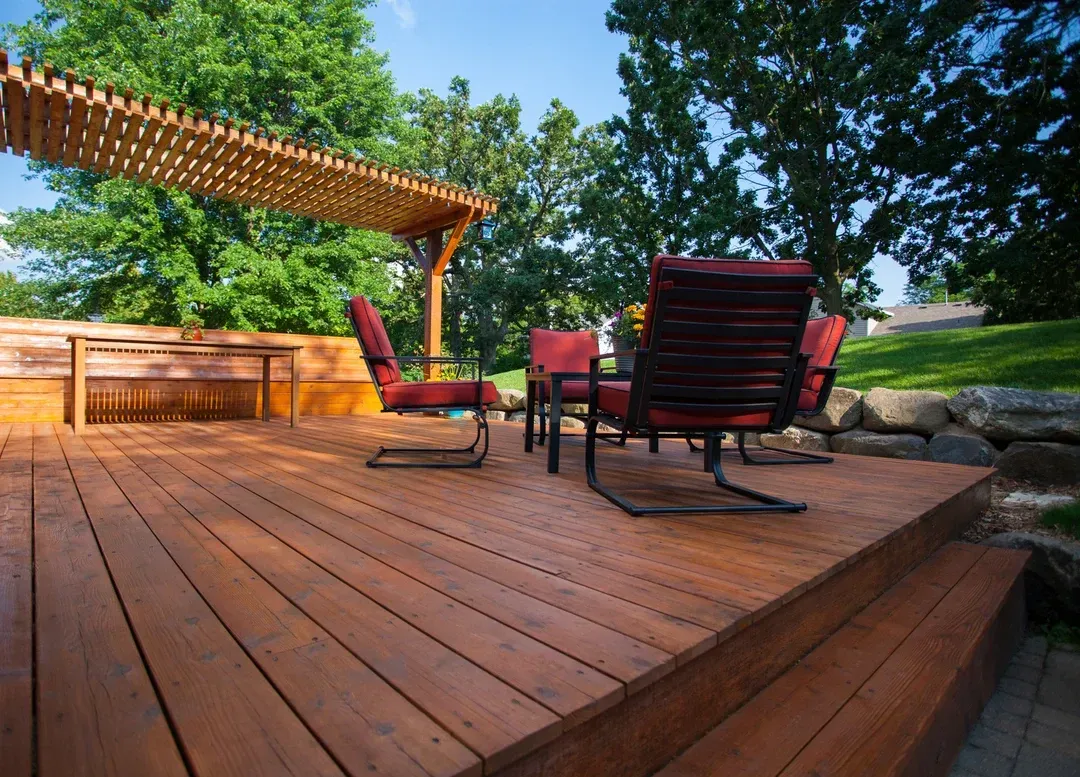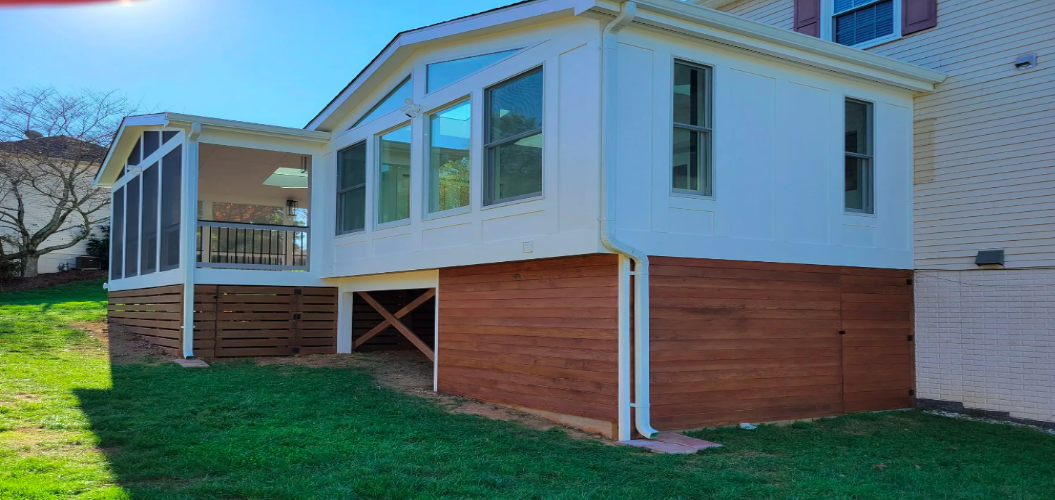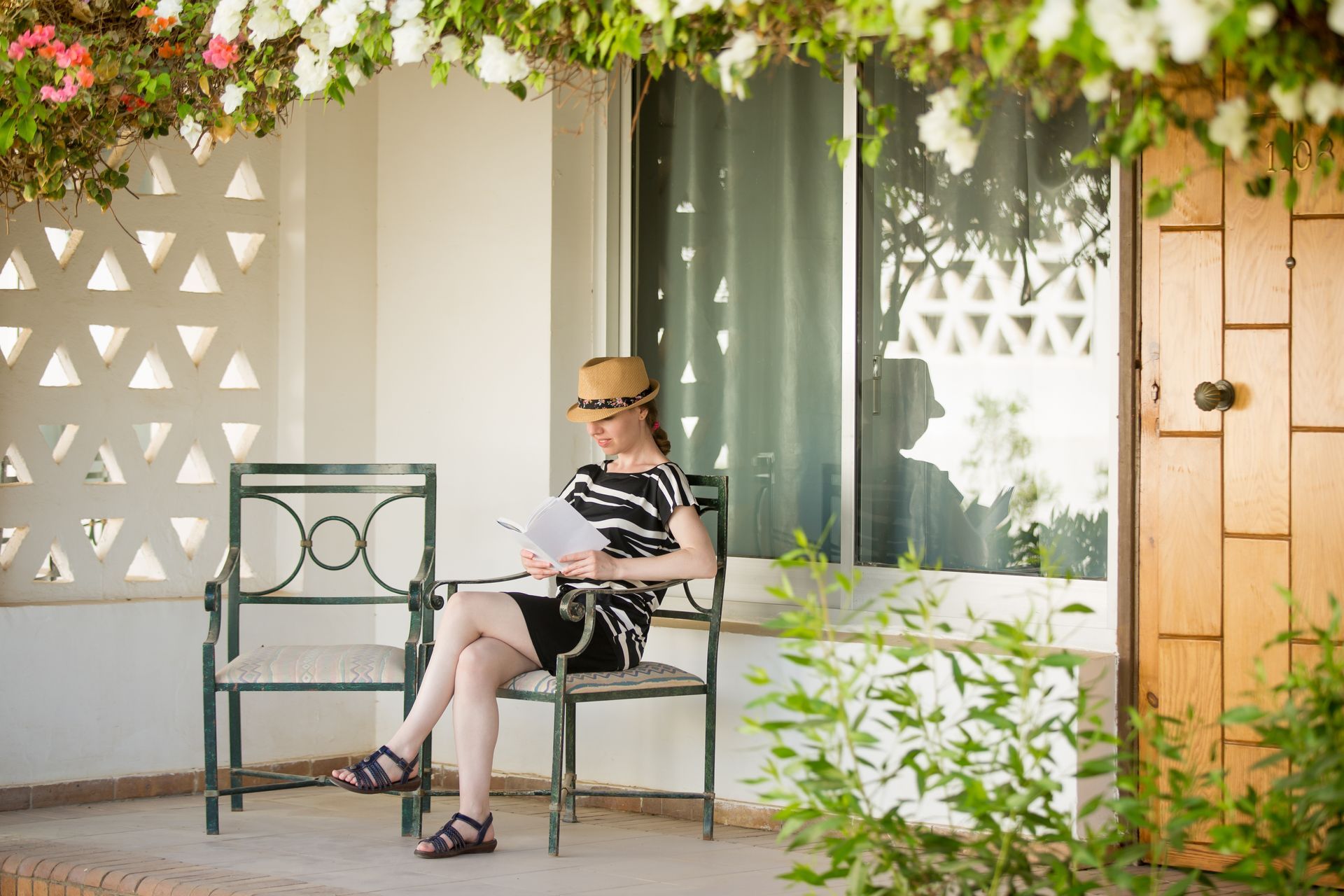Choosing Between Three-Season and Four-Season Sunrooms: What’s Right for You?
Are you thinking about adding a sunroom to your home in Fairfax? You’re not alone. Sunrooms are one of the most popular home additions for homeowners looking to expand their living space while enjoying natural light and a view of the outdoors. But one of the biggest decisions you’ll face is whether to choose a three-season sunroom or a four-season sunroom.
In this comprehensive guide, we’ll compare
three-season vs. four-season sunrooms so you can make the best choice for your lifestyle, budget, and year-round comfort. Let’s dive in!
Understanding the Basics: What Are Three-Season and Four-Season Sunrooms?
| Sunroom Type | Primary Use | Climate Control | Seasonal Use |
|---|---|---|---|
| Three-Season | Spring, Summer, Fall enjoyment | Minimal or no insulation | Not suitable for winter |
| Four-Season | Year-round use, including winter | Full insulation + HVAC | Ideal for all seasons |
Three-Season Sunrooms
A three-season sunroom is designed for use during the milder months—spring, summer, and fall. These sunrooms typically feature large windows and screens to let in light and air, but they usually lack the insulation and climate control necessary for winter comfort.
Four-Season Sunrooms
A
four-season sunroom, on the other hand, is fully insulated, equipped with heating and cooling systems, and built with energy-efficient materials. This allows you to enjoy the space year-round, no matter the temperature outside.
Key Considerations: Which Sunroom Is Best for You?
To help you decide between a three-season and a four-season sunroom, let’s explore the key factors that should influence your decision.
1. Climate and Seasonal Use
People experiences all four seasons, including cold winters and hot summers.
- Three-Season Sunrooms work great from March to early November. They may become too cold in winter and too hot in extreme summer heat unless fans or space heaters are used.
- Four-Season Sunrooms are ideal for year-round use, allowing you to enjoy snow-covered views in winter and sunny afternoons in summer—all from the comfort of indoors.
Statistic: According to the U.S. Department of Energy, energy-efficient windows and insulation can reduce heat loss by up to 25-30%, making four-season sunrooms a smart choice for comfort and energy savings.
2. Insulation and Energy Efficiency
| Factor | Three-Season Sunroom | Four-Season Sunroom |
|---|---|---|
| Climate and Seasonal Use | Ideal from March to early November. May be too cold in winter and too hot during peak summer unless fans or space heaters are used. | Suitable for year-round use. Comfortable during winter and summer, offering a cozy indoor experience with outdoor views. |
| Insulation and Energy Efficiency | Minimal insulation. Limited protection from temperature extremes. May require portable climate control devices. | Fully insulated with energy-efficient windows and HVAC systems. Reduces heat loss by 25–30% (U.S. Dept. of Energy). |
If you want to minimize energy use and maintain comfortable temperatures without excessive heating or cooling, a four-season room is the better option.
3. Cost Comparison
Upfront cost is often a deciding factor for homeowners. While a three-season sunroom is generally more affordable, a four-season sunroom offers better long-term value due to its versatility and insulation.
| Factor | Three-Season Sunroom | Four-Season Sunroom |
|---|---|---|
| Climate and Seasonal Use | Ideal from March to early November. May be too cold in winter and too hot during peak summer unless fans or space heaters are used. | Suitable for year-round use. Comfortable during winter and summer, offering a cozy indoor experience with outdoor views. |
| Insulation and Energy Efficiency | Minimal insulation. Limited protection from temperature extremes. May require portable climate control devices. | Fully insulated with energy-efficient windows and HVAC systems. Reduces heat loss by 25–30% (U.S. Dept. of Energy). |
| Cost Comparison | Lower upfront cost. More budget-friendly but limited seasonal use and energy efficiency. | Higher initial investment but better long-term value due to year-round usability and lower energy costs. |
4. Home Value Impact
Adding a sunroom can significantly boost your home’s resale value.
- Four-season rooms generally increase home value more due to their year-round usability and energy efficiency.
- Three-season rooms still enhance value but are typically considered a luxury feature rather than additional living space.
Statistic: According to Remodeling Magazine’s 2024 Cost vs. Value Report, sunroom additions recoup an average of 47–52% of their cost at resale, with four-season rooms often on the higher end.
Design Options and Flexibility
Three-Season Sunroom Designs
- Screens + Sliding Windows: Emphasize airflow and connection to nature.
- Lightweight Materials: Often constructed with aluminum frames and tempered glass.
- Attached or Detached Layouts: Can be built onto patios or decks.
Four-Season Sunroom Designs
- Full Insulation: Walls, floors, ceilings, and windows.
- Seamless Integration: Matches the home’s HVAC and architectural style.
- Customizable Materials: Options for wood, composite, and energy-efficient windows.
At Outdoor View Construction, we offer fully customized sunroom designs tailored to your needs, lifestyle, and budget. From cozy three-season rooms to luxurious four-season retreats, we ensure your sunroom complements your home’s architecture beautifully.
Pros and Cons Summary
| Factor | Three-Season Sunroom | Four-Season Sunroom |
|---|---|---|
| Climate and Seasonal Use | Ideal from March to early November. May be too cold in winter and too hot during peak summer unless fans or space heaters are used. | Suitable for year-round use. Comfortable during winter and summer, offering a cozy indoor experience with outdoor views. |
| Insulation and Energy Efficiency | Minimal insulation. Limited protection from temperature extremes. May require portable climate control devices. | Fully insulated with energy-efficient windows and HVAC systems. Reduces heat loss by 25–30% (U.S. Dept. of Energy). |
| Cost Comparison | Lower upfront cost. More budget-friendly but limited seasonal use and energy efficiency. | Higher initial investment but better long-term value due to year-round usability and lower energy costs. |
| Design Features |
|
|
| Pros & Cons Summary | Pros:
Lower cost, natural airflow, simpler construction Cons: Limited to mild weather, no winter use |
Pros:
Usable year-round, energy-efficient, adds home value Cons: Higher cost, requires full HVAC integration |
Making the Right Choice for Your Fairfax Home
Choosing between a three-season and four-season sunroom ultimately depends on how you plan to use the space and your budget.
- If you want an affordable extension that enhances spring-to-fall living, go with a three-season sunroom.
- If you envision a true year-round space for family gatherings, relaxation, or even a home office, a four-season sunroom is worth the investment.
No matter your choice, Outdoor View Construction is here to help. We proudly serve homeowners in Fairfax, Arlington, Loudoun, and beyond with expert craftsmanship, energy-efficient materials, and personalized design services.
Final Thoughts
Whether you're leaning toward a three-season or four-season sunroom, the key is making a choice that fits your lifestyle and enhances your home. A sunroom is more than just extra space—it's an investment in natural light, comfort, and added value.
At Outdoor View Construction, we help homeowners in Fairfax bring their vision to life. From design to execution, we provide a smooth, professional, and creative experience. Let’s build something beautiful—together.
Visit Outdoor View Construction to explore our portfolio and book your free consultation today!
FAQs
1. Can I convert a three-season sunroom into a four-season room later?
Yes, but it may require major upgrades including added insulation, HVAC integration, and new windows. It’s usually more cost-effective to build a four-season sunroom from the start.
2. Will a sunroom addition require a permit in Fairfax?
Yes. Sunroom additions typically require permits. As a local expert, Outdoor View Construction handles all the paperwork for you.
3. How long does it take to build a sunroom?
It depends on the complexity of the project:
- Three-season sunroom: 4–6 weeks
- Four-season sunroom: 6–10 weeks
4. Do sunrooms increase energy bills?
- Three-season rooms may not impact energy bills much due to limited use.
- Four-season rooms, when built with energy-efficient materials, have minimal impact and can reduce overall heating/cooling loads when properly integrated.
5. What is the best flooring option for sunrooms?
- For three-season rooms: tile, laminate, or sealed concrete.
- For four-season rooms: hardwood, luxury vinyl, or carpet with proper insulation.








